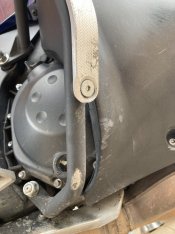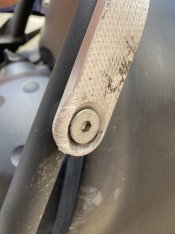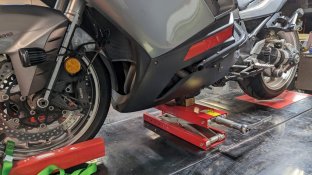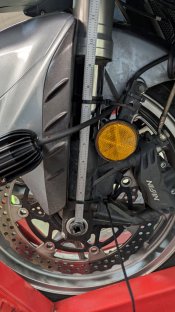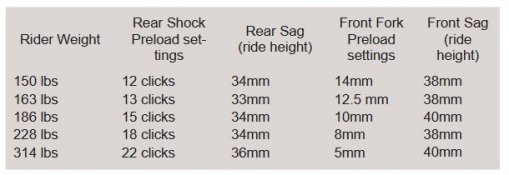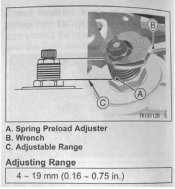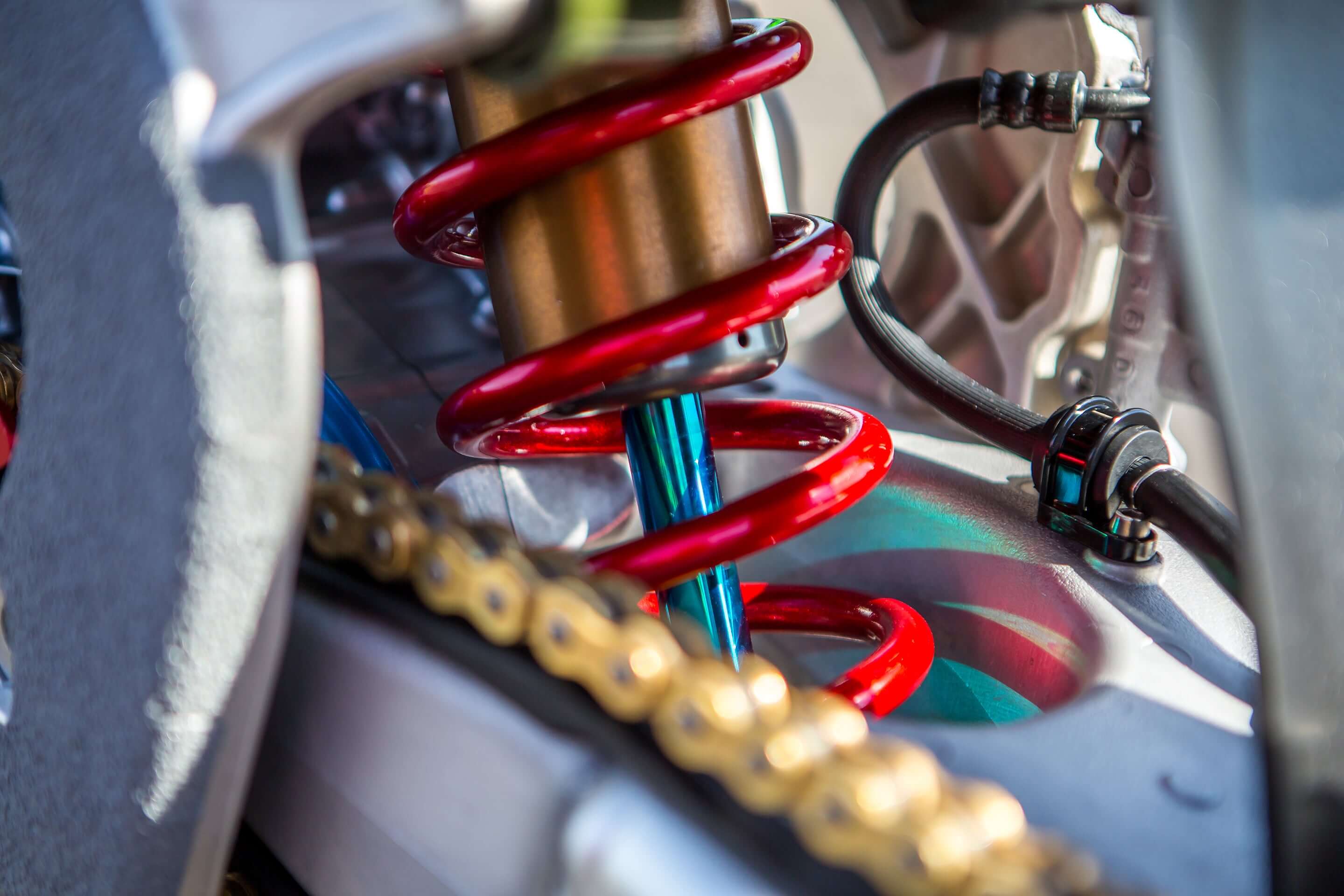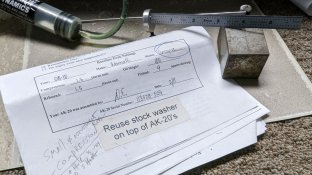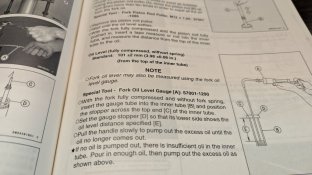I adjusted my suspension by trying to learn here from the forum and other books but still didn't get it right. I was close but was off by 7 clicks in the front and 5 in the back and what a difference that made getting this right. not diving anymore in the front and we'll see when i go up the mountain how it perfomrs. was riding with a new buddy i met here and wasn't trying to race him but kept scraping my crash bars. He did tell me that the line I was using is more aggressive with more lean angle than what he was doing at the same speed which was a good reminder again to practice, practice, practice.
But I have never scraped the little silver plate before....
The suspension adjustment might help a little and riding a later apex ...... We'll see how I do next time but I was glad that the guy told me to see this mechanic to get this looked at and for 40.00 (motopia a triumph dealer albuquerque) adjusted that for me.
I ride alone most of the time and it's great when you have someone follow you and give you input of what you might be doing wrong or could be doing better.....
But I have never scraped the little silver plate before....
The suspension adjustment might help a little and riding a later apex ...... We'll see how I do next time but I was glad that the guy told me to see this mechanic to get this looked at and for 40.00 (motopia a triumph dealer albuquerque) adjusted that for me.
I ride alone most of the time and it's great when you have someone follow you and give you input of what you might be doing wrong or could be doing better.....


